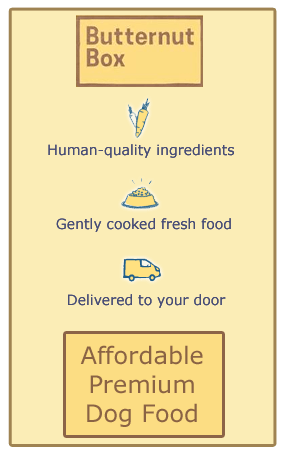When we bring a puppy into our homes, we often focus on the essentials: food, shelter, toys, and training.
However, one critical aspect that often goes unnoticed is the role of tone in communication.
Just like humans, puppies are highly attuned to voice modulation and can react differently depending on the tone we use.
Understanding how tone influences their behavior and responses can significantly improve the bond we have with our furry friends and aid in effective training.
UNDERSTANDING TONE
Tone refers to the quality or character of sound; it can convey emotions such as joy, anger, irritation, or affection.
Puppies have a natural ability to pick up on these auditory cues, which means they respond not only to the words we say but also how we say them.
For instance, a commanding tone may indicate discipline or training, while a high-pitched, cheerful tone can signal playtime or affection.
Recognizing this can help owners communicate more effectively with their puppies and reinforce training behaviors.
THE IMPORTANCE OF POSITIVE TONE
When training your puppy, using a positive and encouraging tone can make a world of difference.
When you praise your puppy for good behavior using a melodic, upbeat voice, it helps them associate that behavior with positivity.
Puppies are eager to please and learn, so a cheerful tone can motivate them to repeat actions that earn them praise.
For example, when your puppy sits on command, responding with an enthusiastic “Good job!” in a happy tone can reinforce their understanding of the command while making the experience enjoyable.
Conversely, using a harsh or frustrated tone can create fear or anxiety.
Puppies may become confused about their behavior and might associate your displeasure with their presence rather than their action.
This can lead to behavioral issues, including submissive urination, cowering, or even aggression.
Therefore, being mindful of your tone during training sessions is vital in fostering a positive learning environment.
THE IMPACT OF VOLUME AND PITCH
In addition to tone, volume and pitch also play significant roles in how a puppy interprets communication.
A loud, commanding voice might be effective in grabbing their attention, especially during training or when trying to correct an unwanted behavior.
However, be careful not to overdo it, as excessive yelling can stress your puppy and harm your relationship.
On the other end, a soft, gentle voice can help soothe a nervous or frightened puppy.
When introducing your puppy to new experiences, such as meeting new people or encountering unfamiliar environments, a calm, reassuring tone can help them feel more secure and confident.
TONE IN NON-VERBAL COMMUNICATION
It’s also worth noting that tone isn’t only about vocalization; it intertwines with non-verbal cues.
Your body language, facial expressions, and gestures work together with your tone to create a comprehensive communicative approach.
For instance, if you approach your puppy with an open body posture and a welcoming tone, they are more likely to feel comfortable and engaging.
Conversely, crossing your arms and frowning while speaking in a firm tone might signal that you are unhappy, leading them to retreat or display anxiety.
BUILDING A STRONG BOND
Ultimately, understanding the role of tone in puppy communication is about building trust and connection.
Establishing a consistent tone that your puppy recognizes as positive can help develop a secure bond where they feel safe and loved.
The more in tune you are with your vocalizations and their effects, the better your relationship with your furry friend will be.
CONCLUSION
As puppy owners, we must harness the power of tone in our communications.
By focusing on using positive, encouraging tones alongside appropriate volume and pitch, we can create a nurturing environment for our puppies.
This understanding will not only aid in training but also enhance the overall relationship, ensuring that both owner and puppy lead a harmonious and fulfilling life together.
So the next time you call your puppy, remember that your tone carries weight—make it a positive one!








